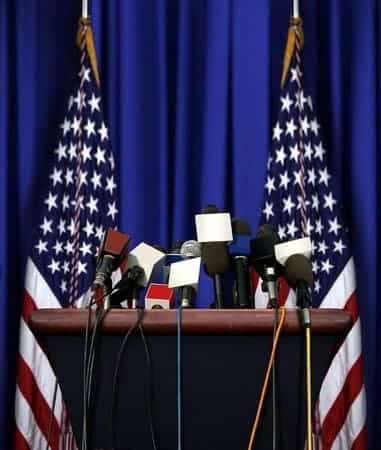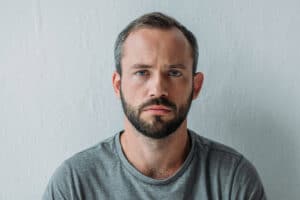The US has been struggling to deal with the problems posed by the abuse of prescription drugs, which have risen to become the most commonly abused substances after marijuana and alcohol. Studies show that more than 15 million Americans abuse prescription drugs, a number bigger than the abusers of all other drugs put together. Nearly half of these became unsuspecting addicts by mistakenly believing that prescription drug abuse is not as dangerous as taking illegal street drugs—a mistaken belief Obama will also try to halt.
President Obama Seeks to Bring Awareness to Opioid Addiction
At the National Prescription Drug Abuse & Heroin Summit, Obama will be addressing the largest gathering of healthcare professionals where he will try to sway them from prescribing pain-relieving drugs unnecessarily. Earlier, the federal government issued directives for doctors not to issue opioid painkillers for more than a week. The directives went further and recommended that chronic pain should never be treated with painkillers, a move which antagonized a considerable number of healthcare professionals. Doctors argue that treating chronic pain is a complex phenomenon since they have to balance the two opposite interests of palliative treatment and the danger that the patient might get addicted to the drugs. Erring on either side could have potentially dangerous consequences, but the federal government is asking them to err on the side of caution—even if it comes at the price of more pain for the patients. The government, however, points to the trend over the past few decades where chronic patients ended up unwitting addicts after using opioid drugs over long periods of time. Instead, doctors are being urged to go for pain management regimes instead of simply writing an Rx for an opioid.
The CDC Claims Pain Management with Opioids is Both an Art and a Science
The government is not alone in its resolve. It also enjoys the support of the Centre for Disease Control and Prevention, whose director believes that managing chronic pain is both “an art and a science”. While the government seems committed to wean off the doctors from prescribing opioids for chronic pain, its crusade against these drugs is actuated by other factors too.
- Studies show that almost a fifth of 12th graders and 1 in every 4 teens abused prescription drugs at some point in their lives.
- More than 1,600 teens start abusing prescription drugs each day.
- Two thirds say their home medicine cabinet is the source of their drugs.
Obama Resolves to Fight Opiate Addiction Wherever He Can
The rift between the government and doctors less antagonistic to the use of opioids does not come out of nowhere. The Obama administration has showed firm resolve to fight drugs whenever and wherever it can. A few weeks ago, Obama asked Congress to allocate $1.1 billion to enable him to fight drugs more effectively, and the administration believes that it cannot do so without seriously going after prescription drugs. The evidence suggests that abuse of depressants, opioids, and anti-depressants kills more people than that of cocaine, heroin, methamphetamine, and amphetamines combined.
What do the numbers suggest about opioid addiction?
In light of all these facts, any attempt by the government to combat the menace of drugs without effectively stemming their unchecked flow from the doctors’ clinics is bound to fail. Currently, primary health care providers account for almost half of all opioid prescriptions. If the government can convince the doctors to limit the prescription of opioids, it may slice off a big percentage of overdose victims. Essentially, the government’s approach shall focus on narrowing down the number of people coming in contact with prescription pain-relieving drugs. First, the chronic patients, who often become addicted after prolonged use of opioids, will not get these drugs at all. Second, limiting the prescribed time will both prevent non-chronic patients from getting to use opioids for long-term, and it will also make it less likely for households to store painkillers in large amounts, which will result in less teenage abuse of these drugs.
What does President Obama hope to accomplish by speaking out again prescription drug addiction?
A large number of medical professionals are due to attend the event. Winning over these doctors and getting them to support the federal move against prescription drugs is absolutely vital for Obama to “turn the tide” of the drug epidemic. What remains to be seen is how well Obama will be able to get support of these professionals to attain his political objective of ridding the US clean of drugs and drug-related problems.




